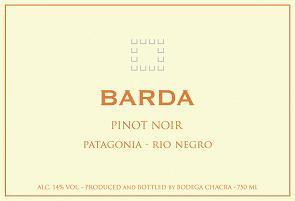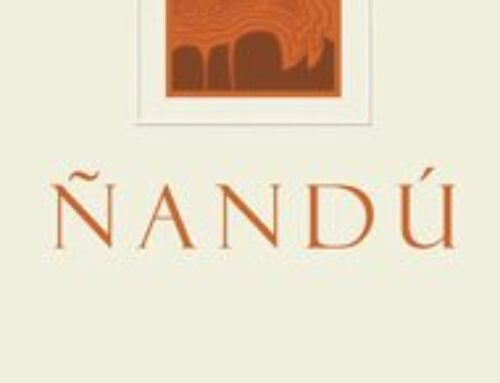Two weeks ago, I opened a bottle of the 2009 Bodega Chacra Barda pinot noir expecting another disappointing New World pinot noir. Instead I was pleasantly surprised.
In 2004, Piero Incisa della Rocchetta, whose family produces the world-renowned Sassicaia from its Tuscan estate Tenuta San Guido, purchased an abandoned property in the Rio Nergo Valley in Argentina’s Patagonia region. More than 600 miles from Buenos Aires, Patagonia is a barren desert where hardly anything grows except grapevines, which flourish in the poor soil.
What interested Rocchetta in the location was the discovery of a vineyard with pinot noir vines planted in 1932 and 1955. In 2003, he harvested the grapes from these plants and made a wine to see if it warranted his attention. Impressed with the result, he purchased the vineyard and named it Bodega Chacra (Chacra is a square plot of land surrounded by poplar trees).
Establishing a winery in such an isolated and remote location required Rocchetta to source his own water and electricity. He employed only organic and biodynamic methods as he rejuvenated and expanded the vineyards.
From the oldest vineyards, Bodega Chacra produces two pinot noirs named, in Spanish, for the years those vines were planted: Treinta y Dos and Cincuenta y Cinco.
The Barda pinot noir is made from grapes of the new 37-acre vineyard developed with cuttings from the 1932 and 1955 pinot noir vines. No modern nursery-raised pinot noir clones are used.
The 2009 Bodega Chacra Barda pinot noir has pure black cherry color and attractive floral, black cherry and cranberry scents. The 2009 Barda’s medium body has excellent balance and a mineral and earthy character behind the pleasant black cherry fruit flavor. The long, delightful finish gives you time to reflect on Rocchetta’s laser-like focus on perfection.
What makes the 2009 Bodegas Chacra Barda stand out from other New World pinot noirs is the limited influence of new French oak barrels and alcohol. Too many pinot noirs from California, Oregon, Australia, and Chile have a candied taste from ultra-ripe grapes and excessive use of new French oak barrels, and are weighted with 14.5 to 15.5 percent alcohol. They have more in common with the flavors of cough medicine and throat lozenges than classic pinot noir. And the alcohol levels anesthetize your taste buds while endangering your driver’s license.
Sometimes, I wonder if the winemakers of these wines have ever tasted the great pinot noirs of Burgundy, universally recognized as the ultimate expression of this noble grape.
I enjoyed the 2009 Bodega Chacra Barda pinot noir with sweet fennel sausages, sautéed yellow and red peppers, and spinach steamed in extra virgin olive oil. You’ll find it a good mate with roasted chicken or duck, pork or veal chops, and pasta coated with a meat ragout.
The 2009 Bodegas Chacra Barda pinot noir retails for approximately $30.




Leave A Comment